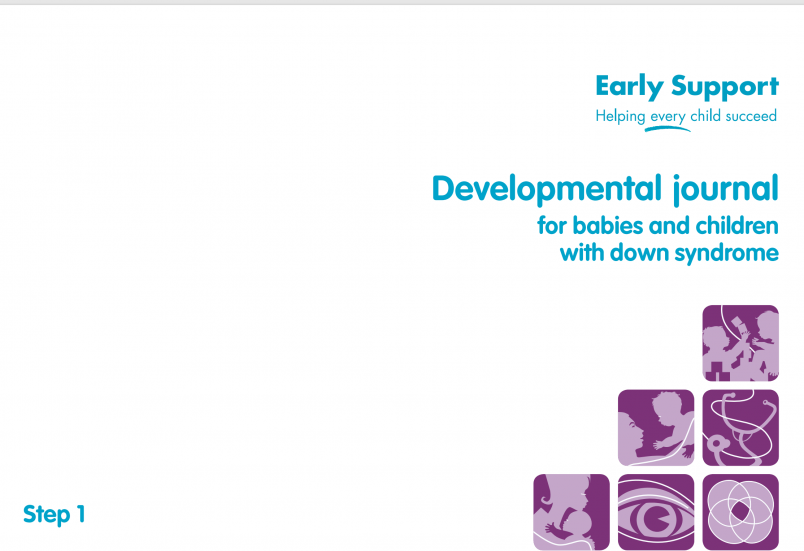Whāngaia ka tupu ka puawai
That which is nurtured blossoms and grows
What do Speech-language Therapists do at the Vera Hayward Centre?
If your tamaiti is eligible to receive speech-language therapy through the Ratoka Whakawhanake Tamaiti (Child Development Service), you and your tamaiti will participate in a therapy programme that is especially designed for them based on their individual needs. We can see your tamaiti in a variety of settings and will try to choose the location that is best for your tamaiti's therapy programme to be at its most effective. We work with tamariki who have communication difficulties for a variety of reasons and with tamariki who have feeding challenges.
We work with tamariki who have challenges with:
- Speech development: the sounds which make up words
- Spoken language: how your tamaiti structures sentences and uses language to interact with others
- Understanding language: understanding and interpreting what other people say
- Social communication: how to relate appropriately using language and typical social conventions (social skills).
Some tamariki need different ways of communicating, such as, a specialist communication device, sign language or a paper board of symbols. This is known as Alternative and Augmentative Communication or AAC. Speech-language Therapists can help you work out what will be the best way for your tamaiti to communicate in different settings.
To find out more about what Speech-language Therapists do, visit the NZSTA website to watch the video "What does a Speech-language Therapsist do?":
New Zealand Speech-language Therapists' Association (speechtherapy.org.nz)
Autism Spectrum Disorder
Children with Autism Spectrum Disorder usually present with impairments in 3 areas of their development: social communication, social interaction and social imagination or rigidity through play. There is some variability in presentation and these tamariki do not always present with delayed gross motor skills.
In addition to delayed development there are also differences across development which do not following a typical developmental pattern. For example, tamariki may be non-verbal, or have stereotypical, repetitive language, use few or no words but occasionally use phrases which are not heard consistently. A key marker is no response to their name or responding to/following instructions. A number of tamariki will be referred for a hearing assessment for this reason.
If you think that your tamaiti may have Autism Spectrum Disorder and you want to know more, ASDetect is a free app that allows whānau to assess their tamaiti for early signs of Autism Spectrum Disorder. The ASDetect website also has some useful resources for whānau. Click on the link, to go directly to the web page: ASDetect - Video led, early autism detection.
Other useful websites:
Autism NZ: Home - Autism NZ
Trisomy 21 (Down syndrome)
Tamariki with Trisomy 21 or Down syndrome usually have delayed development which tracks along typical development, although at a slower place. Within this group of children there are variations in skill development. These children can also present with some medical complications, such as cardiac involvement. Some children can have ongoing difficulties with glue ear (ottitis media).
Due to low tone, there may be difficulties with early feeding skills and transition to solids or lumpier textures. Many children are late to develop spoken language, so signing or other forms of AAC (Alternative and Augmentative Communication) can help aid communication.
The Developmental Journal for babies and children with down syndrome is an excellent resource for learning more about the development of children with Trisomy 21. A copy of the journal can be downloaded from the link below.
Downs Syndrome Development Journal - Early Support (councilfordisabledchildren.org.uk)
For more information:
Upside Downs: UpsideDowns
Otago Downs Syndrome Association: Home (odsa.org.nz)
Cleft Palate
If you are reading this section your tamaiti may have been born with a cleft lip, a cleft palate or both cleft lip and palate. Sometimes these are detected before birth and sometimes they are a bit of a surprise! Your tamaiti with a cleft may need some additional support with their feeding initially and our Speech-language Therapy team are happy to work in with other staff to provide support around feeding. They have different techniques and equipment that can be explored for suitability with your child to make getting started with feeding a little smoother.
We usually see the tamariki with clefts via our Cleft clinic where there is a team that specialise in providing support for children with clefts through to adulthood. This team consists of Ear Nose and Throat Surgeon, a Dentist, and a Speech-language Therapist. There are Maxillofacial surgeons that also become involved when needed. The Cleft team can help coordinate care for your child.
Any required surgeries or follow-up are managed via this clinic.
Have a look at the information leaflet here (link) for more information about our local team and how it works. Addition of Cleft palate pamphlet and link: Cleft New Zealand Inc
Developmental Delay
Some tamariki need to work a little harder to acquire language and understand the language of others. Language delays can occur as part of a global developmental delay. If there is a cognitive component involved, this will be reflected in the language delay. Difficulties with mastering cognitive skills such as matching, colour concepts and shapes for example have an effect on a tamaiti’s ability to communicate and understand spoken language.
Dysfluency/Stuttering
Stuttering affects the fluency of speech (how smooth the flow of words is when speaking) and sometimes body movements (e.g. head nodding or facial tension). It usually begins between 2-4 years of age when children start to put sentences together. Many children grow out of stuttering but not all do. There are lots of different intervention approaches. Early intervention can eliminate stuttering. It is important to see advice from a Speech-Language Therapist.
When to seek advice: If you have noticed that your child stuttering consistently for more than 6 months, has a fear of talking or avoiding situations that require talking, it would be good to talk with a Speech-language Therapist.
Here is an excellent kiwi resource: Welcome | Stuttering Treatment and Research Trust
Feeding Difficulties
Speech-language Therapists work with tamariki with a range of difficulties spanning from birth through to adolescence. These factors impacting of these difficulties can be multi-factorial and can occur in premature pēpi, typically developing pēpi and tamariki or those with progressive conditions and other developmental conditions. Feeding difficulties may present as:
- Lengthy feeding times
- Difficulties managing bottle feeds
- Not able to manage textured foods or transitioning between textures
- Limited oral intake
- Limited range of food
- Tube feeding/weaning
- Gagging with food/bottle feeds
- Oral aversion
- Coughing
- Choking
- Dysphagia (difficulties with swallowing)
Some tamariki have these difficulties occurring within their diagnosis, for others it is a standalone area of delay.
When we are working with a tamaiti with a feeding problem we work closely with other professionals like: Lactation Consultants, Dietitians, Clinical Psychologists, Paediatricians, Ear, Nose and Throat specialists, Occupational Therapists and Physiotherapists to make a diagnosis and find the best support for your tamaiti based on their presentation. Speech-language Therapists generally work with tamariki and pēpi with Paediatric Feeding Disorders and tamariki that may have mechanical problems with eating and drinking. There are a lot of reasons why this might come about for your tamaiti.
We can help your tamaiti to eat and drink safely following an assessment. sometimes we might recommend diet modifications, position changes, seating changes or perhaps suggest particular programmes or assessments to support your tamaiti with their feeding.
Some children may need a Videofluoroscopic Study (VFSS), an x-ray of their swallow. The NHS have some good videos for parents and children explaining what a videofluoroscopy is and what will happen if you need one.
Motor Planning - Dyspraxia or Developmental Co-ordination Disorder
We sometimes see tamariki who present with motor planning difficulties. These do not usually affect speech and language alone. Dyspraxia may affect any or all areas of development - physical, intellectual, emotional, social, language and sensory - and can make learning some things a challenge.
Often when we are working with a tamaiti with Dyspraxia or DCD (Developmental Co-ordination Disorder) we work closely with the Occupational Therapists and sometimes Physiotherapists. Speech-language therapy will usually focus on any speech or language problems that are present for your tamaiti.
In NZ we have a very active support organisation for children with this diagnosis and it is located here:
The Dyspraxia Support Group of N.Z. (Inc.), | Developmental Coordination Disorder / Dyspraxia


